History
How An Abandoned Trail Helped Build The Mighty Hoover Dam
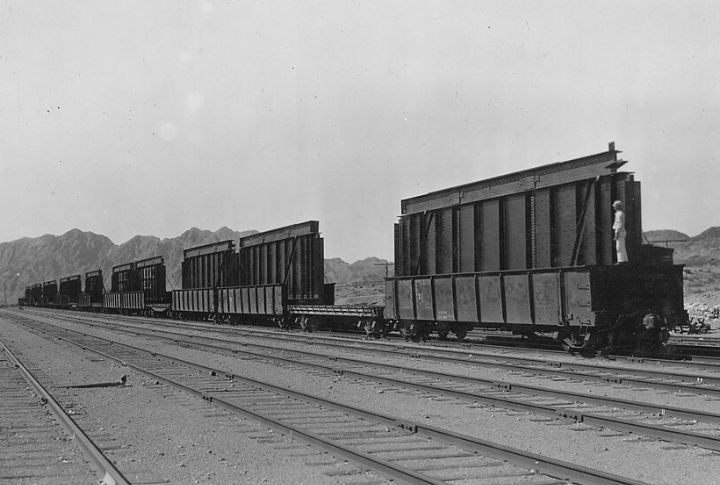
Beneath the desert heat and the shadow of the Hoover Dam lies a forgotten rail line that once powered one of America’s greatest builds. It didn’t just carry cargo—it carried progress. This is the story of how a railroad quietly made history happen.
Essential Supply Line To The Dam Site
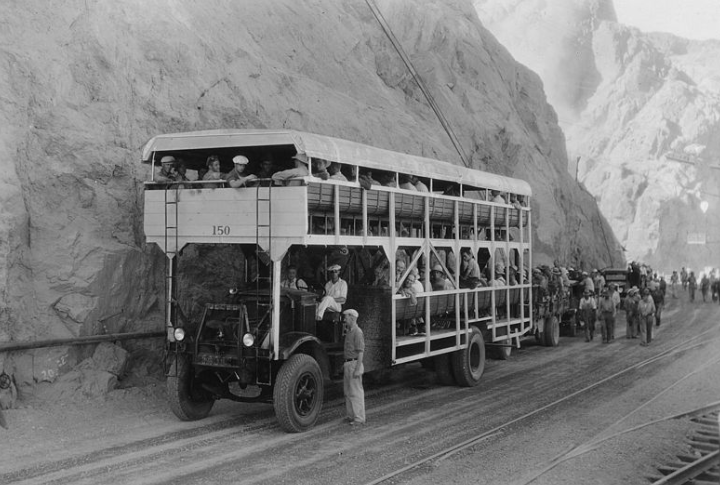
Timber, concrete, and machinery arrived in relentless waves as locomotives ferried essential cargo directly to the dam site. Without the dedicated supply line, the logistical hurdles of transporting tons of materials across rocky terrain would have slowed progress dramatically. The tracks ensured efficiency and allowed workers to focus on assembly rather than transport.
Engineering Through Harsh Terrain
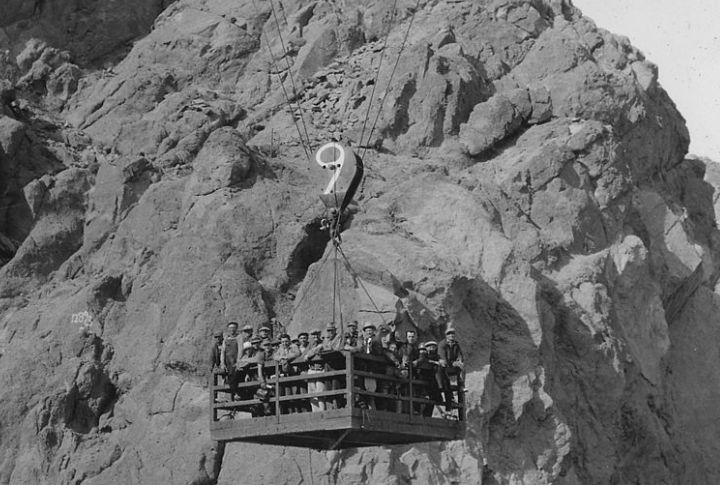
Building a railroad across Nevada’s rugged desert was no simple feat. Engineers carved through rock, reinforced unstable ground, and crafted custom railcars with dust-resistant brakes to handle the brutal environment. Their efforts turned an inhospitable landscape into a fully operational artery feeding one of America’s greatest engineering feats.
Driving The Dam’s Construction Forward
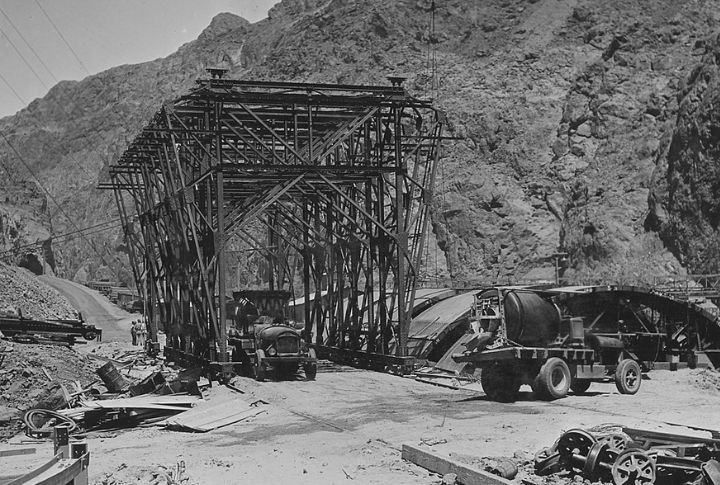
As the project advanced, steam-powered locomotives became the backbone of progress: They hauled raw materials to towering concrete forms, ultimately shaping the colossal dam’s formation. The rhythmic clatter of iron wheels against steel rails echoed through the canyon, a constant reminder that every load delivered brought the structure closer to completion.
The Workforce Behind The Tracks
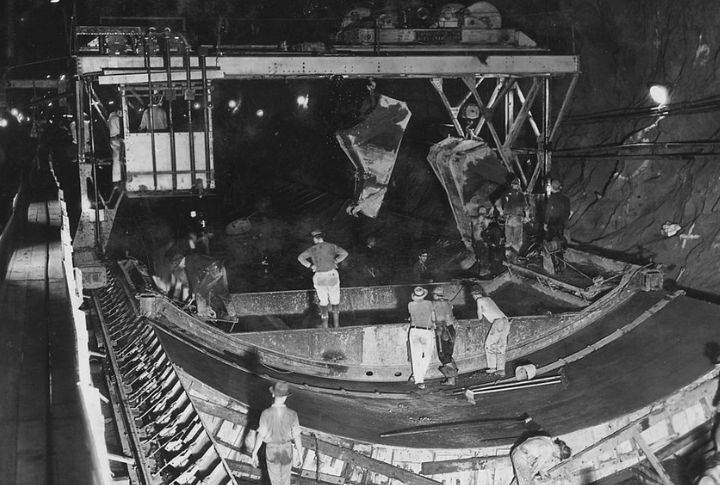
Beyond the machinery, thousands of laborers depended on the rail network for their livelihoods. Some worked tirelessly laying tracks, while others maintained engines or ensured freight moved smoothly. Their daily routines revolved around precision and endurance, forging an unsung workforce that sustained construction.
Connecting Boulder City To The Dam
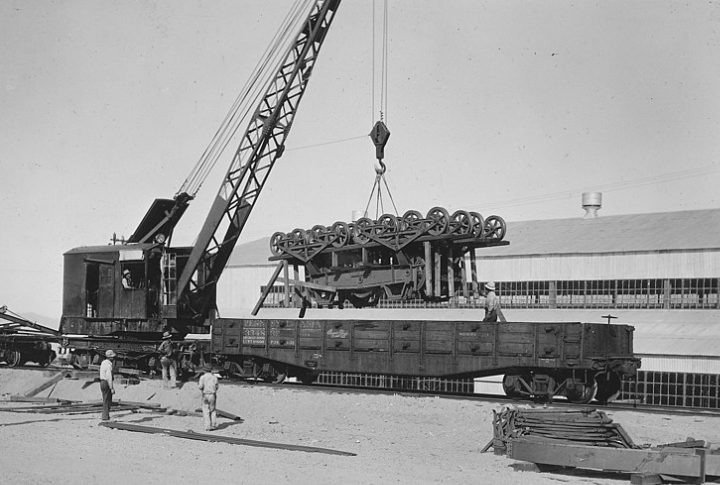
Beyond moving materials, the railroad linked workers to Boulder City—home to families, schools, and shops. This daily connection supported a stable workforce and turned a desert outpost into a functioning town. Reliable rail transit helped thousands live nearby while contributing to the construction of one of America’s most ambitious projects.
Boulder City’s Smart Infrastructure Design
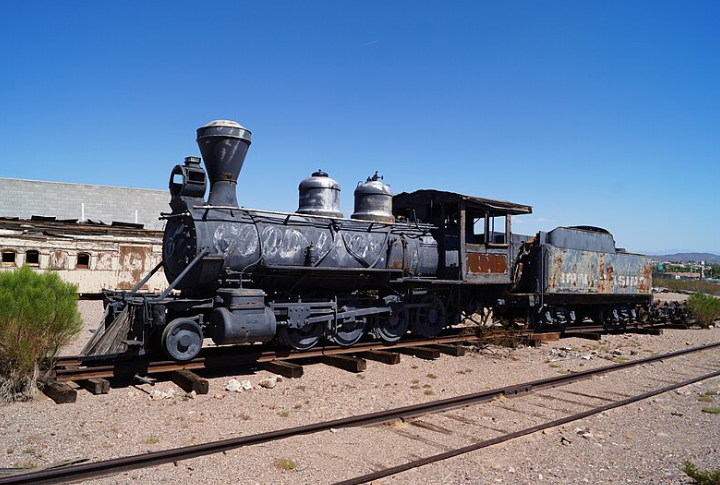
The success of Hoover Dam relied heavily on Boulder City’s deliberate design. Planners integrated rail access, residential zones, and storage facilities to maintain a steady supply chain. This coordination reduced delays and established the town as the logistical backbone of the entire operation.
A Purpose Fulfilled, Then Abandoned
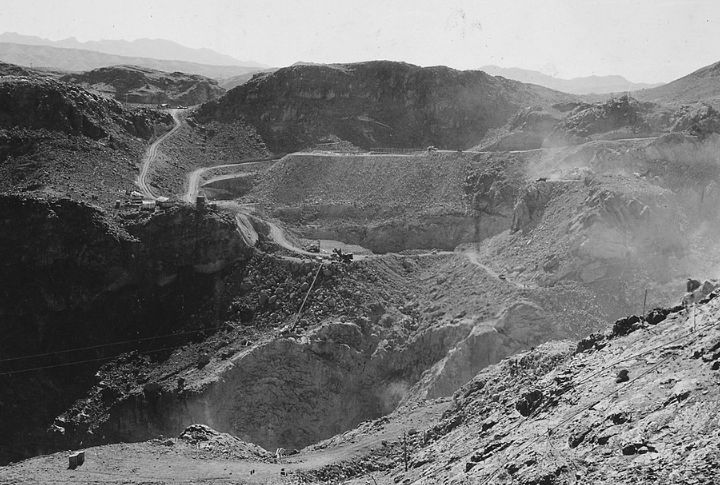
Once the dam stood complete, the railroad had fulfilled its purpose. With no further loads to transport, its tracks gradually fell into disrepair. Equipment was dismantled, and sections disappeared beneath Lake Mead’s rising waters. Though its service ended, its legacy endured and remained a vital yet invisible chapter in Hoover Dam’s history.
Rail Fragments Beneath Lake Mead
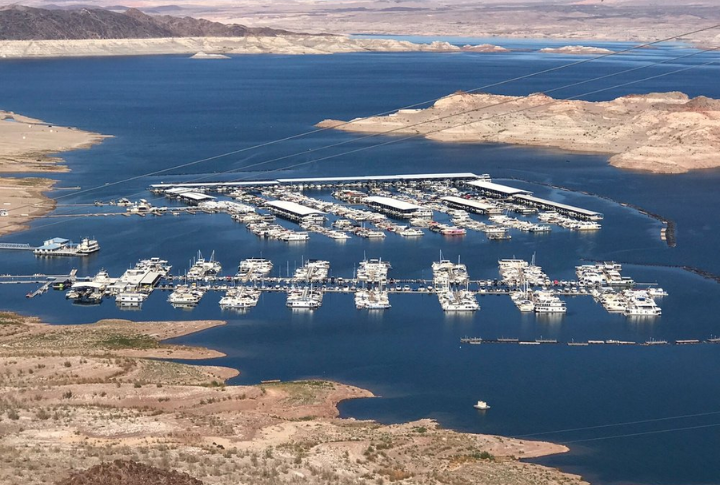
While much of the original rail system vanished, fragments still exist beneath the reservoir’s depths or along forgotten trails. Occasional droughts expose skeletal remains of tracks, rekindling interest in its past. Scattered relics in the form of rusted ties and eroded embankments offer glimpses into the infrastructure that once supported an engineering marvel.
Traces Of The Past Along Hiking Trails
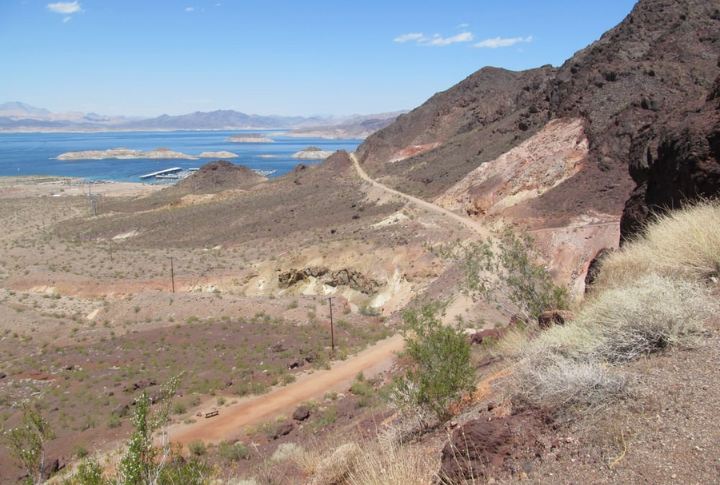
For modern explorers, remnants of the abandoned railroad offer a window into history. Hiking trails lead to sections where rails once stretched toward the dam site to provide tangible links to the Depression-era industry. Whether walking these paths or researching archival records, visitors can rediscover the hidden role of this essential lifeline in Hoover Dam’s creation.
Legacy In Future Mega Projects

The Lake Mead Railroad played a key role in Hoover Dam’s success, showcasing the importance of efficient transportation in large-scale construction. Its logistical planning influenced future projects like Grand Coulee Dam, shaping how infrastructure developments integrated rail systems to streamline material transport and workforce movement.

